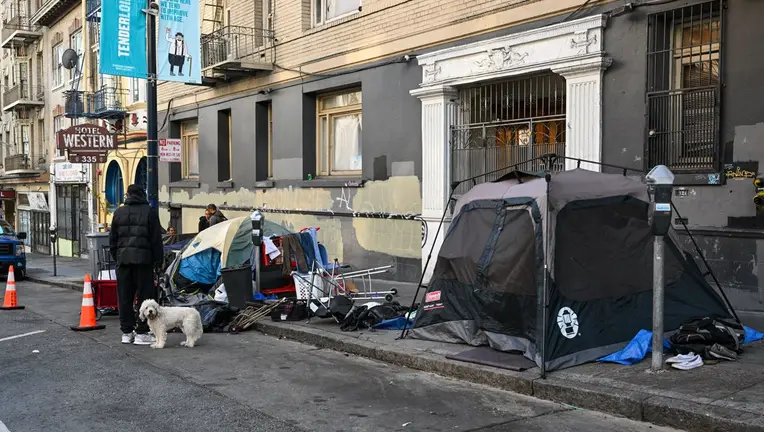Tipping Point Community and UC Berkeley release Taking Count study; shows 50% of residents unable to pay bills over course of a year, striking disparities by race
Today, Tipping Point Community and the University of California, Berkeley’s Othering & Belonging Institute released Taking Count, a year-long study on poverty in the Bay Area. The results provide a comprehensive look at the scale of economic inequality, racial disparities, and the hardships millions face in the region over the course of a year. The study, which was conducted in the months leading up to the outbreak of COVID-19, gives a timely look at the region’s economic challenges when unemployment was low and the economy was strong, shedding light on what’s to come as a result of the pandemic.
For the first time in the Bay Area, Taking Count calculates the Supplemental Poverty Measure (SPM)—a measure that, unlike the federal poverty line, takes into account the cost of living and value of government benefits. By using this standard, it indicates that 17% of Bay Area residents are living in poverty, as opposed to the 10% calculated using the federal poverty line. And yet, a far greater percentage make impossible choices between putting food on the table, paying medical bills, or covering rent.
The following key learnings emerged from the study as outlined in the Executive Summary, which was released today:
- Bay Area individuals and families face financial instability and uncertainty: 1 in 2 respondents couldn’t pay all of their bills over the course of one year, and 40% of households do not have enough savings to make it through even a small emergency.
- Black and Latinx residents are much more likely to experience poverty and hardship: 1 in 4 Black and 1 in 5 Latinx survey respondents live in poverty compared to 1 in 7 White and Asian respondents. And, no matter their income, 77% of Black respondents reported a time when they did not have $400 in savings compared to just 18% of White respondents.
- Low-wage workers don’t have access to benefits provided to higher-wage workers: 78% of households making more than $120,000 per year were able to work from home, while only 27% of households that made less than $30,000 had that flexibility—a benefit proven to be essential during times of uncertainty.
“Taking Count shows the clear disparities and extremities that existed in our region prior to the crisis at hand,” said Sam Cobbs, CEO of Tipping Point Community. “But what I find even more disturbing is what the statistics tell us about the quality of life for so many of our neighbors. This study holds us all accountable, especially those of us in positions to influence systems. We remain committed to using this data as a driving force in our work for years to come.”
One of the most dramatic findings that emerged from the study is the extreme racial disparity that exists despite economic stability. Longstanding histories of racial disadvantage and exclusionary policies make it challenging for even high-income and highly educated Black and Latinx residents to accumulate wealth. Eighty-nine percent of Black and 70% of Latinx residents reported that they often or sometimes ran out of money before the end of the month as compared to 40% of White and 27% of Asian residents.
“The Taking Count study shows all of us the stark reality of poverty and racial disparities throughout our region,” Oakland Mayor Libby Schaaf said. “We must all work intentionally and with great purpose to undo the structural racism that creates these injustices in our society. Every resident, and every family, deserves to live in a Bay Area where they can thrive and prosper and live a healthy life.”
“Known for its progressive politics and rich diversity, the San Francisco Bay Area is no exception to patterns of systemic racial and economic inequality found across the nation,” said john a. powell, Director of the Othering & Belonging Institute at UC Berkeley. “In fact, the Bay Area’s hot housing market and booming economy may exacerbate these trends, making it harder for low-skilled workers to find affordable housing and pay their bills. This study, drawing upon an original survey of Bay Area residents and census data, gives us a vivid portrait of poverty and inequality, and what we should do about it, even before the COVID-19 pandemic occurred. Now this research is more urgent than ever.”
The Taking Count study was conducted over three waves between 2018 and 2019 by surveying a sample of 3,100 residents at least 18 years old who live in six Bay Area counties: Alameda, Contra Costa, Marin, San Francisco, San Mateo, and Santa Clara.





